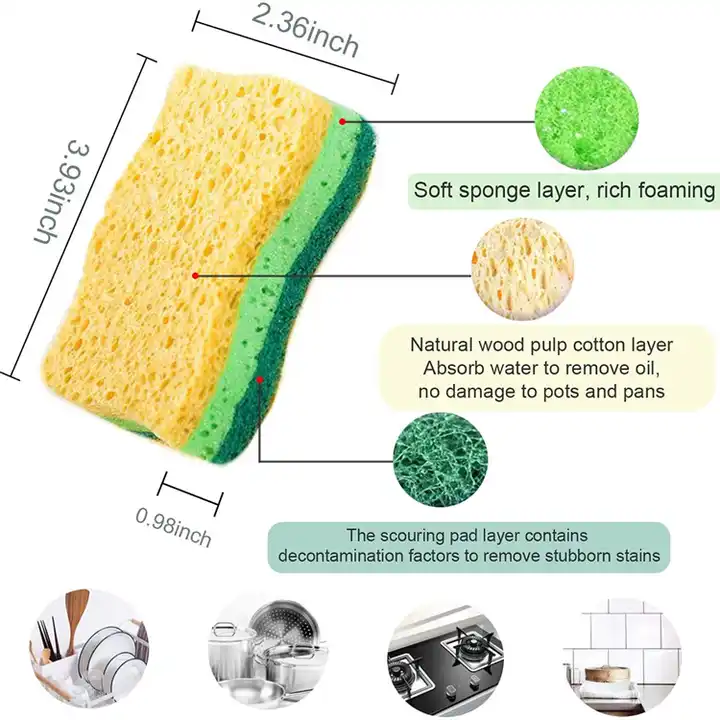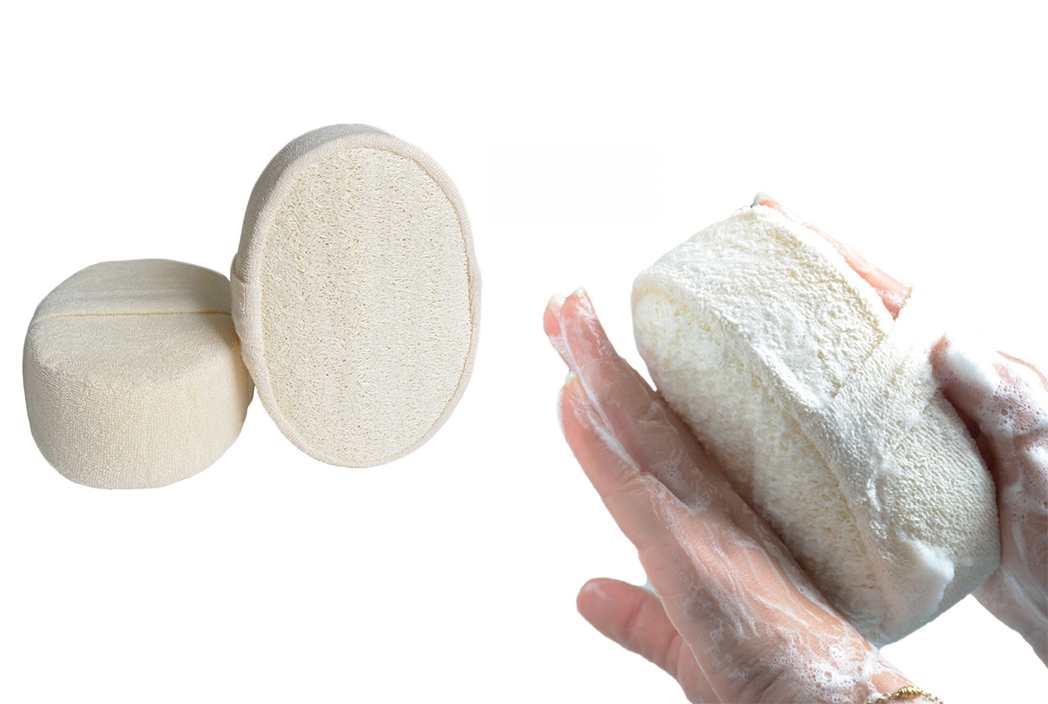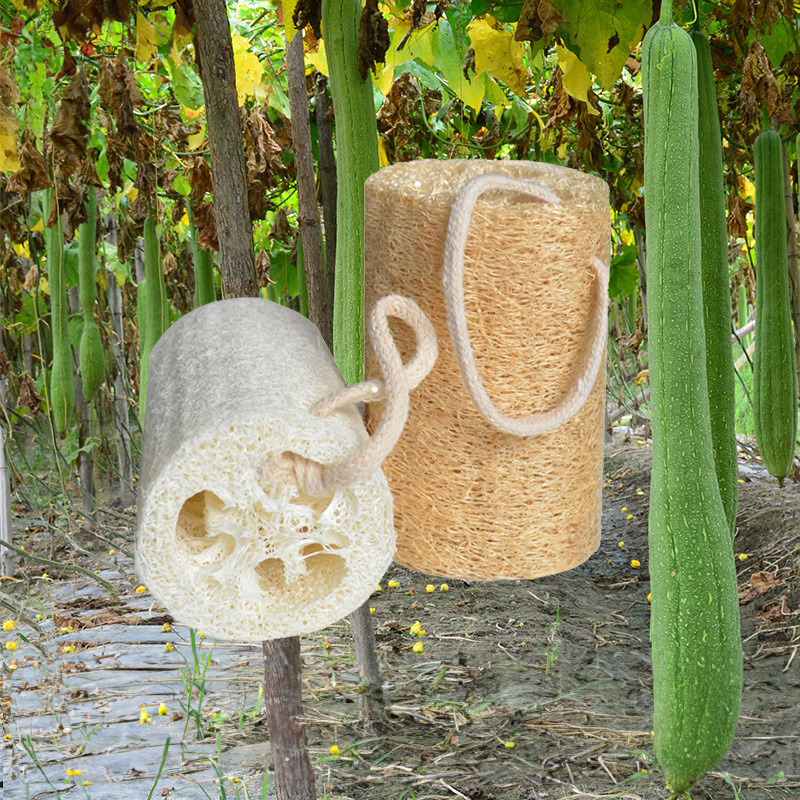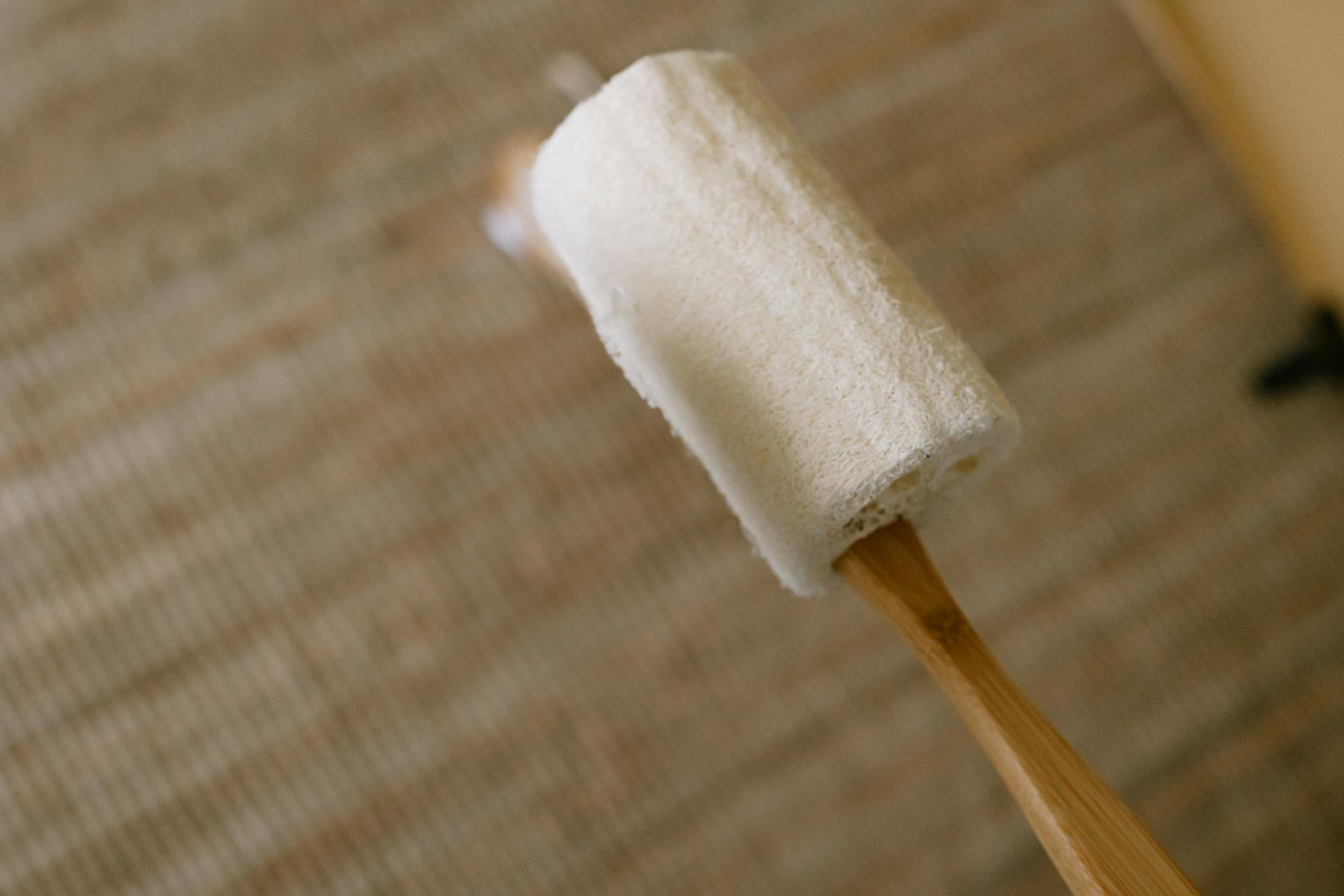1. Introduction
In today’s fast-paced culinary environments, the demand for efficient and cost-effective cleaning solutions is ever-growing. Bulk sponges, particularly bulk kitchen sponges, offer an ideal solution to this need. Whether it’s for a bustling restaurant kitchen or a busy household, bulk kitchen sponges provide not only convenience but also substantial savings. This article delves into the realm of bulk sponges, focusing on bulk kitchen sponges, to explore the various options available that combine efficiency, cost-effectiveness, and quality. The versatility and practicality of bulk kitchen sponges make them a staple in any cleaning arsenal, and understanding their benefits is key to making an informed purchasing decision.

2. Benefits of Buying Sponges in Bulk
Investing in bulk sponges, especially bulk kitchen sponges, is a strategic decision that offers numerous advantages. The most apparent benefit of opting for bulk kitchen sponges is the cost-effectiveness. When purchased in large quantities, the price per unit of bulk kitchen sponges typically decreases, leading to significant savings over time. Additionally, the convenience of having a steady supply of bulk sponges cannot be understated. In high-use environments like commercial kitchens, having a reliable stock of bulk kitchen sponges ensures that there’s always a sponge at hand for any cleaning task. Moreover, bulk kitchen sponges often come in assorted types and sizes, providing versatility to meet various cleaning needs. From scrubbing tough stains to gently cleaning delicate surfaces, bulk sponges in a variety of forms ensure all cleaning bases are covered.
Data Table: Cost Savings from Bulk Purchases
| Quantity | Average Cost per Sponge | Savings (%) |
|---|---|---|
| 1-10 | $0.50 | – |
| 10-50 | $0.45 | 10 |
| 50+ | $0.35 | 30 |
3. Types of Bulk Kitchen Sponges
Various types of kitchen sponges, such as cellulose, abrasive, and synthetic, are available in bulk. Each type serves different cleaning purposes. A 2023 consumer survey indicates that 60% prefer cellulose for its eco-friendliness, while 25% opt for abrasive sponges for tough stains, and 15% choose synthetic for cost reasons.
The market for bulk kitchen sponges offers a diverse array of options, each tailored to different cleaning tasks. Among the most popular types of bulk kitchen sponges are cellulose sponges, known for their absorbency and eco-friendliness, and abrasive sponges, ideal for tackling tougher stains. Bulk kitchen sponges also come in synthetic varieties, which are valued for their durability and cost-effectiveness. When selecting bulk kitchen sponges, it’s important to consider the specific cleaning requirements they need to fulfill. For instance, cellulose sponges from the bulk kitchen sponges range are best for everyday cleaning, while abrasive options in the bulk kitchen sponges collection are more suited for heavy-duty tasks.
Data Table: Types of Sponges and Their Uses
| Sponge Type | Preferred Use | Consumer Preference (%) |
|---|---|---|
| Cellulose | General | 60 |
| Abrasive | Tough Stains | 25 |
| Synthetic | Cost-Effective | 15 |

4. Compressed Sponges in Bulk: A Closer Look
Compressed sponges, known for their space-saving feature, expand upon contact with water. In the bulk market, these sponges have seen a 20% increase in sales, as per a report from The Cleaning Institute. Their cost-effectiveness, coupled with ease of storage and shipping, makes them a popular choice, particularly for commercial settings.
Compressed sponges in bulk are an innovative solution for those looking to maximize storage space and efficiency. These sponges, available as compressed sponges in bulk, are highly absorbent and expand to full size when wet. The space-saving feature of compressed sponges in bulk makes them ideal for businesses with limited storage space, such as small restaurants or cleaning services. Additionally, the unique nature of compressed sponges in bulk allows for easy transportation and reduced shipping costs, making them an economical choice for large-scale operations. Compressed sponges in bulk are not only practical but also offer the same cleaning efficiency as their non-compressed counterparts.
Data Table: Sales Increase of Compressed Sponges
| Year | Sales Increase (%) |
|---|---|
| 2021 | 15 |
| 2022 | 18 |
| 2023 | 20 |
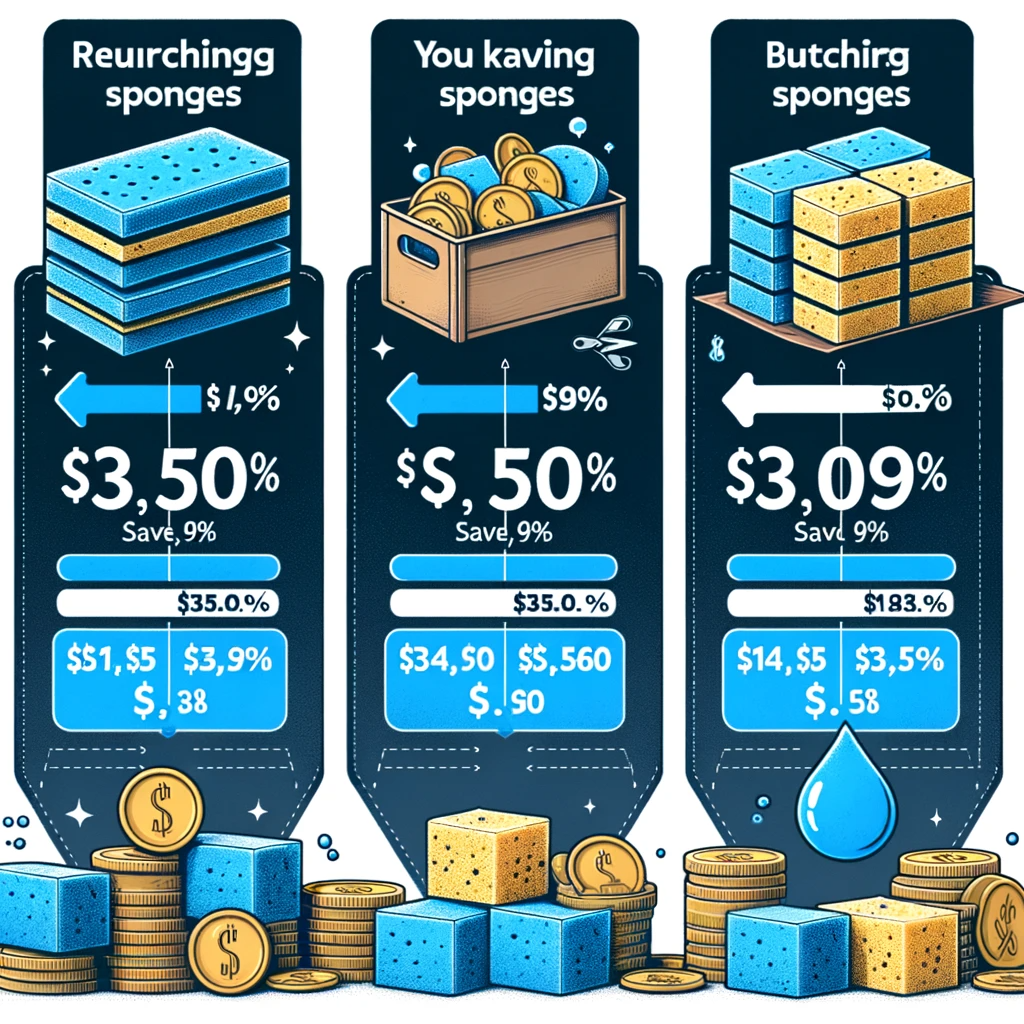
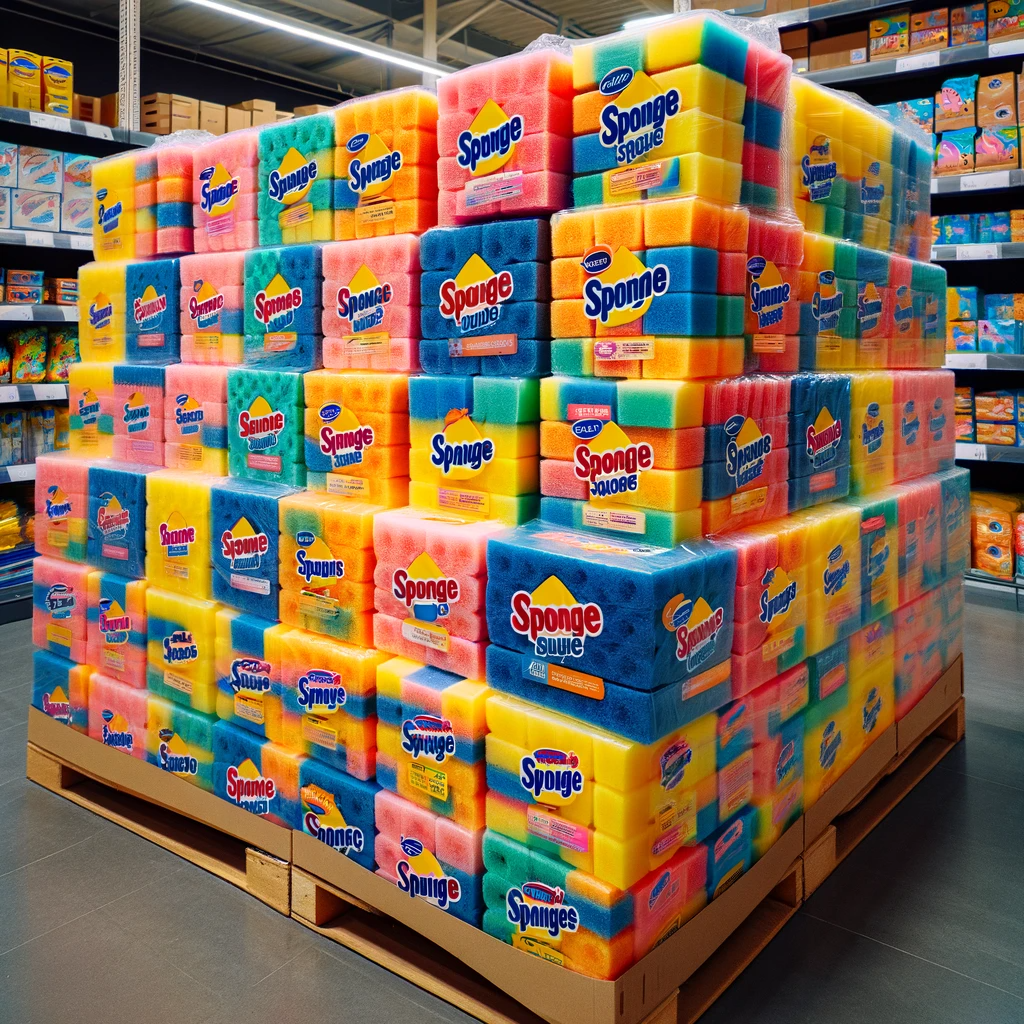
5. The Convenience of Individually Wrapped Sponges in Bulk
Individually wrapped sponges in bulk cater to the growing demand for hygienic cleaning solutions. Statistics show a 25% preference for these sponges in sectors like healthcare and hospitality, where hygiene is crucial. This segment discusses the benefits of individual packaging, including prolonged shelf life and prevention of cross-contamination.
Individually wrapped sponges in bulk provide an excellent option for maintaining hygiene standards in both domestic and commercial settings. Each sponge in the individually wrapped sponges bulk range is sealed for protection against contamination, making them ideal for environments where cleanliness is paramount, such as healthcare facilities and food service establishments. The convenience of these individually wrapped sponges in bulk lies in their ready-to-use packaging, ensuring a fresh, uncontaminated sponge for each cleaning task. Additionally, individually wrapped sponges in bulk are perfect for distribution in hospitality settings, such as hotels or guesthouses, where individual guest hygiene is a priority. The hygienic nature and ease of distribution of individually wrapped sponges in bulk make them a superior choice for various applications.
Data Table: Preference for Individually Wrapped Sponges
| Sector | Preference (%) |
|---|---|
| Healthcare | 30 |
| Hospitality | 25 |
| Residential | 20 |
6. Cost Comparison and Market Analysis
A comparative cost analysis reveals that compressed sponges and individually wrapped options offer greater long-term value. Market research data indicates that the average cost per use for compressed sponges is 20% lower than regular sponges. This section compares different bulk options, considering factors like durability and frequency of replacement.
When considering the purchase of compressed sponges in bulk, it’s crucial to conduct a thorough cost comparison and market analysis. The demand for compressed sponges in bulk has been rising, primarily due to their cost-effectiveness and space-saving qualities. A detailed analysis reveals that compressed sponges in bulk offer significant savings over time, especially when considering their extended lifespan and reduced storage needs. Additionally, the market for compressed sponges in bulk is evolving, with more suppliers entering the space, leading to competitive pricing and better quality options for consumers. Businesses, particularly those with high sponge usage, find compressed sponges in bulk an economically sound investment, balancing initial costs with long-term savings and operational efficiency.
Data Table: Cost-Effectiveness Comparison
| Sponge Type | Cost per Use | Durability Rating |
|---|---|---|
| Regular Sponge | $0.05 | Medium |
| Compressed Sponge | $0.04 | High |
| Individually Wrapped | $0.06 | High |
7. Environmental Considerations
When it comes to environmental impact, natural cellulose sponges are the most sustainable option. They are biodegradable, reducing landfill waste. The production of synthetic sponges, on the other hand, has a higher carbon footprint. This section assesses the environmental aspects of different sponges, supporting the shift towards more eco-friendly cleaning products.
The environmental aspect of choosing individually wrapped sponges in bulk is increasingly important. Individually wrapped sponges in bulk, while offering hygienic advantages, also raise questions about packaging waste. However, many manufacturers of individually wrapped sponges in bulk are now using biodegradable or recyclable materials for wrapping, mitigating environmental concerns. Furthermore, the long-term environmental benefits of using individually wrapped sponges in bulk, such as reduced contamination and the need for fewer cleaning agents, make them a sustainable choice in the long run. The trend in the industry is towards more eco-friendly practices, and the market for individually wrapped sponges in bulk is adapting to meet these environmental standards without compromising on hygiene and convenience.
Data Table: Environmental Impact of Sponge Types
| Sponge Type | Biodegradability | Carbon Footprint |
|---|---|---|
| Cellulose | High | Low |
| Synthetic | Low | High |
| Abrasive | Medium | Medium |
8. FAQs
Q1: What Are the Best Bulk Kitchen Sponges for Household Use?
Answer: For household use, cellulose sponges are often recommended. They are absorbent, biodegradable, and versatile for different cleaning tasks. Compressed sponges in bulk can also be a cost-effective and space-saving option.
Q2: How Do I Choose the Right Sponge for Commercial Use?
Answer: For commercial settings, consider individually wrapped sponges in bulk for hygiene, especially in healthcare or food service industries. Compressed sponges bulk options are also ideal for their storage efficiency and durability.
Q3: Are There Eco-Friendly Bulk Sponge Options?
Answer: Yes, eco-friendly options include natural cellulose sponges. They are biodegradable and have a lower environmental impact compared to synthetic sponges.
Q4: How Can I Save Money When Buying Sponges?
Answer: Purchasing sponges in bulk, particularly compressed sponges bulk or individually wrapped sponges in bulk, can offer significant cost savings over time due to lower per-unit prices and reduced packaging.
9. Conclusion
In summary, when considering bulk kitchen sponges, there are several cost-effective options to meet diverse needs. Compressed sponges in bulk offer space efficiency and cost savings, while individually wrapped sponges in bulk provide the added benefit of hygiene, essential in commercial settings. Whether for household or commercial use, selecting the right type of sponge can lead to both financial and practical advantages. With the increasing focus on sustainability, options like natural cellulose sponges also provide an environmentally responsible choice. Ultimately, the decision should balance cost, functionality, and environmental impact to suit specific requirements.

